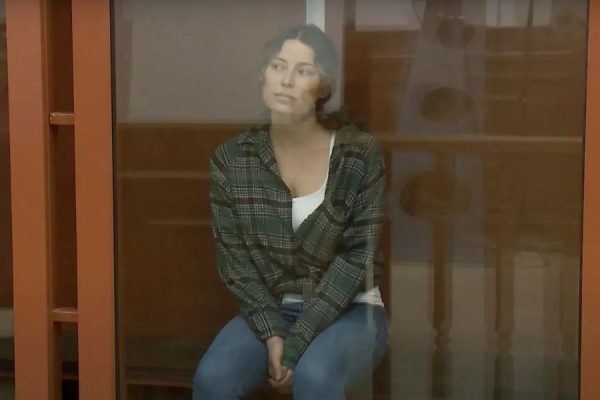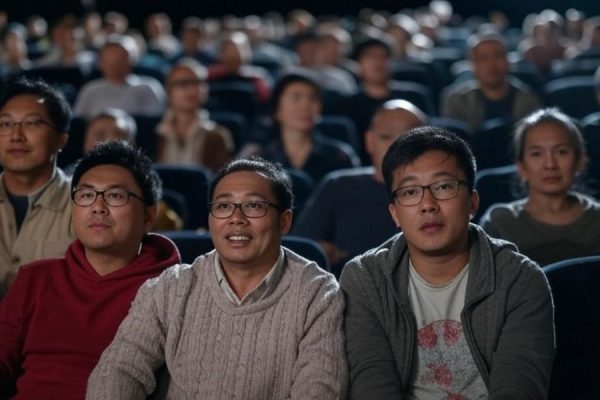Washington: President Donald Trump has taken a controversial step by removing Democratic U.S. National Labor Relations Board (NLRB) member Gwynne Wilcox. This unprecedented action is expected to deepen the legal battles over the president’s authority to control federal agencies.
What Happened?
Gwynne Wilcox, appointed by former President Joe Biden, was fired late Monday. In a statement, Wilcox called the dismissal illegal and vowed to explore legal options to challenge her removal.
Her termination comes at a critical time for the NLRB. The five-member board already had two vacancies, and Wilcox’s removal leaves it without a quorum. This makes it impossible for the agency to issue decisions, even in routine cases.
Hundreds of unresolved cases are pending, including high-profile disputes involving companies like Amazon, Tesla, Walmart, Apple, and Starbucks, which is facing a nationwide unionization push.
Why Is This Significant?
The NLRB is responsible for enforcing workers’ rights, including the right to organize, join unions, and improve working conditions. Workers cannot directly sue employers in court for violations of labor laws, making the NLRB a critical institution for protecting employee rights.
Federal law only allows the president to remove board members for “neglect of duty or malfeasance in office.” However, Trump’s decision to fire Wilcox raises questions about whether those protections can be overridden.
The White House has not commented on the rationale behind Wilcox’s dismissal.
Broader Implications
Trump also fired the NLRB’s general counsel, Jennifer Abruzzo, a Biden appointee who played a vital role in shaping labor board policies. This move follows a similar precedent set when President Biden dismissed Trump-appointed general counsel Peter Robb in 2021.
Under Biden, the NLRB pursued policies favoring unions, such as:
- Creating new pathways for union representation.
- Banning mandatory anti-union meetings.
- Expanding protections for worker conduct under federal labor law.
Abruzzo had also criticized companies like Amazon and SpaceX for filing lawsuits challenging the NLRB’s structure and enforcement proceedings. She argued that these legal actions were distractions from corporate violations of workers’ rights.
The firings signal a sharp pivot away from pro-labor policies, potentially benefiting businesses while weakening union protections.
Legal and Constitutional Challenges
The NLRB, established in 1935, operates independently of the White House. However, companies challenging the agency argue that board members should be directly accountable to the president since they create policies by issuing decisions.
While the Supreme Court has upheld the NLRB’s structure in the past, the current conservative majority has shown a willingness to revisit longstanding legal precedents. This could lead to significant changes in how the agency operates in the future.
Abruzzo’s Statement
Jennifer Abruzzo expressed pride in the NLRB’s recent efforts to empower workers, stating that their impact will endure. She warned that if the agency fails to fulfill its mission in the future, workers and their advocates may take matters into their own hands.
Conclusion
The firing of Gwynne Wilcox and Jennifer Abruzzo marks a turning point for the NLRB and U.S. labor policy. The absence of a quorum halts the agency’s operations, leaving hundreds of cases unresolved. The legal challenges ahead could redefine the balance of power between federal agencies, workers, and corporations, shaping the future of labor rights in America.












